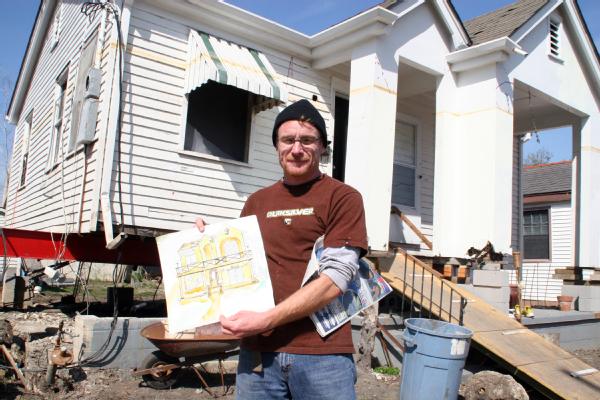 Sign up to get Mitigation Planning email updates
Sign up to get Mitigation Planning email updates
 The purpose of mitigation planning is to identify policies and actions that can be implemented over the long term to reduce risk and future losses. Mitigation Plans form the foundation for a community's long-term strategy to reduce disaster losses and break the cycle of disaster damage, reconstruction, and repeated damage. The planning process is as important as the plan itself. It creates a framework for risk-based decision making to reduce damages to lives, property, and the economy from future disasters.
The purpose of mitigation planning is to identify policies and actions that can be implemented over the long term to reduce risk and future losses. Mitigation Plans form the foundation for a community's long-term strategy to reduce disaster losses and break the cycle of disaster damage, reconstruction, and repeated damage. The planning process is as important as the plan itself. It creates a framework for risk-based decision making to reduce damages to lives, property, and the economy from future disasters.
States, Local and Tribal governments benefit from Mitigation Planning by:
- Identifying cost effective actions for risk reduction that are agreed upon by stakeholders and the public
- Focusing resources on the greatest risks and vulnerabilities
- Building partnerships by involving people, organizations, and businesses
- Increasing education and awareness of hazards and risk
- Communicating priorities to state and federal officials
- Aligning risk reduction with other community objectives
Hazard Mitigation Assistance
Hazard mitigation is sustained action taken to reduce or eliminate long-term risk to people and their property from hazards.
State, Indian Tribal, and local governments are required to develop a hazard mitigation plan as a condition for receiving certain types of non-emergency disaster assistance. Please visit the Hazard Mitigation Assistance page for more information on the specific plan requirements for the various mitigation grant programs, as well as FEMA funds available for mitigation plan development and mitigation projects.

